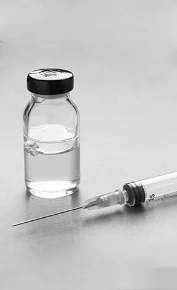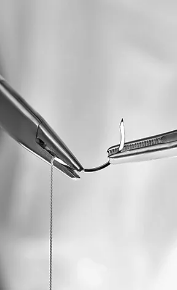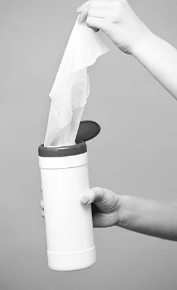Ask me about products, procedures, or general info, I’ll do my best to help!
Search
Products tagged with 'CE'
Communication for Increased Case Acceptance
822030321
Case acceptance in the hygiene department is vital to the well-being of our patients and our practice. In dentistry, we are typically great at explaining what needs to be done and how we are going to do it, but rarely touch on the "why" behind the treatment. Join us to learn the 5 vital steps for better communication and increased case acceptance.
Restoring an Implant - How Long Do You Wait?
822040621
You have invested a lot of time and money in courses on how to safely and accurately select and then place an implant, the surgical drill kit, an Oral Surgery / Implant motor system, handpieces and possibly a Cone Beam Scanner – but what about a technology that assists in determining a safe time to start a restoration? Every Implant heals differently - Osstell can help!
×
Welcome to HANSAmed!
×










